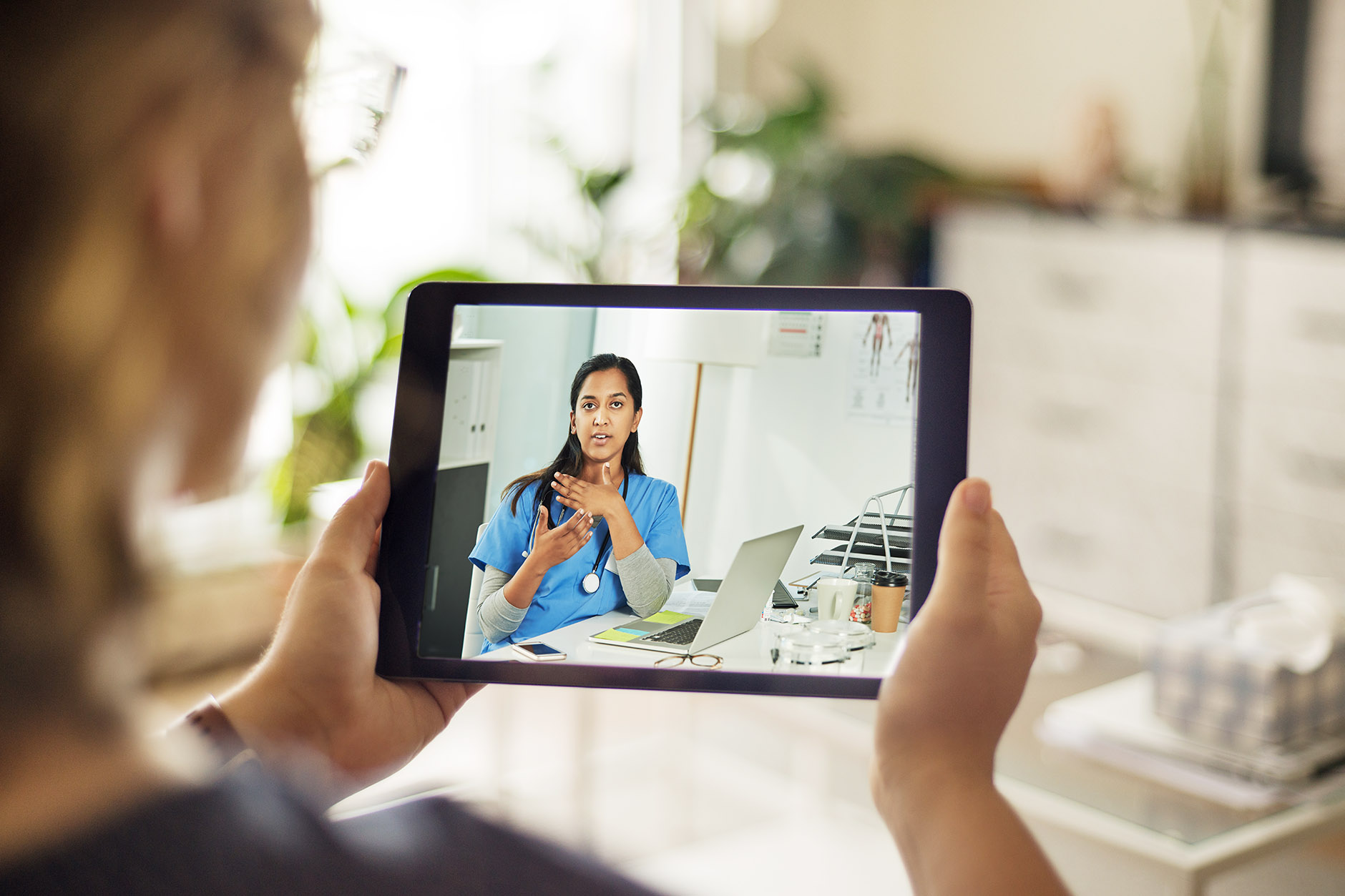

Introduction
The intersection of technology and healthcare has witnessed a paradigm shift, especially during the pandemic, with the widespread adoption of telehealth services. This article explores how telehealth has emerged as a transformative force in navigating healthcare challenges during the pandemic, emphasizing its impact on accessibility, convenience, and the overall healthcare landscape.
Rise of Telehealth in Pandemic Era
Telehealth services experienced unprecedented growth during the pandemic, becoming a cornerstone of healthcare delivery. The imperative to maintain social distancing and reduce the risk of virus transmission prompted healthcare providers to rapidly implement and expand telehealth solutions. This surge marked a significant shift in how individuals access and receive medical care.
Accessibility and Reach
One of the key advantages of telehealth services in the pandemic era is the enhanced accessibility it offers. Patients, regardless of their geographical location, gained the ability to consult with healthcare professionals remotely. This is particularly vital in situations where physical visits may pose health risks or when individuals are situated in remote areas with limited access to healthcare facilities.
Convenience for Patients
Telehealth services have redefined the patient experience by providing unparalleled convenience. Patients can now connect with healthcare providers from the comfort of their homes, eliminating the need for travel and reducing waiting times. This not only enhances patient satisfaction but also encourages individuals to seek timely medical advice without the logistical challenges of in-person visits.
Continuity of Care
During the pandemic, ensuring the continuity of healthcare services became paramount. Telehealth emerged as a critical tool in maintaining the provision of essential medical care while minimizing disruptions. Patients with chronic conditions, in need of regular check-ups, or requiring ongoing care found telehealth to be a lifeline, ensuring they could receive necessary medical attention without interruptions.
Remote Monitoring and Chronic Disease Management
Telehealth services extend beyond virtual consultations, encompassing remote monitoring solutions. Wearable devices and home monitoring kits enable healthcare providers to remotely track patients’ vital signs and manage chronic conditions. This proactive approach not only improves patient outcomes but also reduces the burden on healthcare facilities.
Mental Health Support Through Telehealth
The pandemic’s impact on mental health prompted an increased demand for mental health services. Telehealth played a pivotal role in delivering mental health support, offering virtual therapy sessions, counseling, and psychiatric consultations. This accessibility to mental health resources proved invaluable in addressing the psychological challenges induced by the pandemic.
Telehealth’s Role in Preventive Care
Telehealth services have also contributed to advancing preventive care initiatives. Routine check-ups, preventive screenings, and health education programs are now accessible through virtual channels. This proactive approach to healthcare empowers individuals to prioritize preventive measures, fostering a culture of wellness even in the midst of a pandemic.
Challenges and Considerations
While telehealth has shown remarkable benefits, challenges and considerations persist. Issues related to digital literacy, equitable access to technology, and the need for standardized regulations are areas that require attention. Addressing these challenges will be crucial in maximizing the potential of telehealth services and ensuring inclusivity.
Technological Advancements and Future Prospects
The success of telehealth services during the pandemic has spurred ongoing technological advancements. Innovations such as artificial intelligence, remote diagnostics, and virtual reality integration hold promise for the future of telehealth. These developments signal a transformative trajectory for healthcare delivery, enhancing diagnostic capabilities and patient engagement.
Conclusion with Link
In conclusion, telehealth services have emerged as a linchpin in navigating healthcare challenges during the pandemic. For further insights into the transformative impact of telehealth and its role in shaping the future of healthcare, visit The Healthy Consumer website. Explore resources that delve into the evolving landscape of telehealth and its continued influence on healthcare accessibility and delivery.






(501).jpg)

